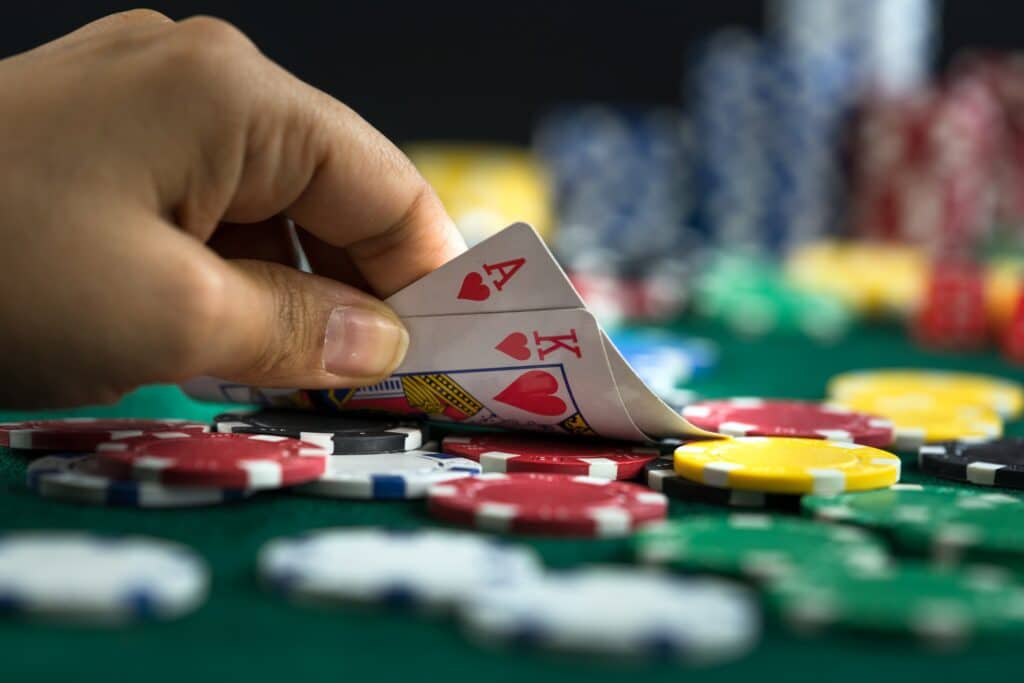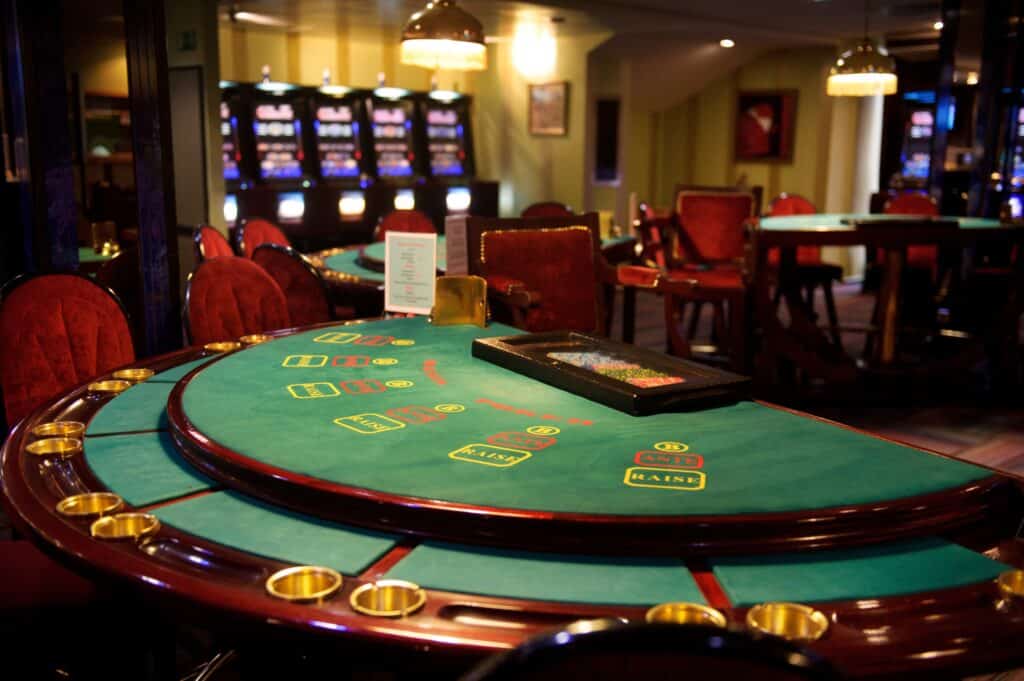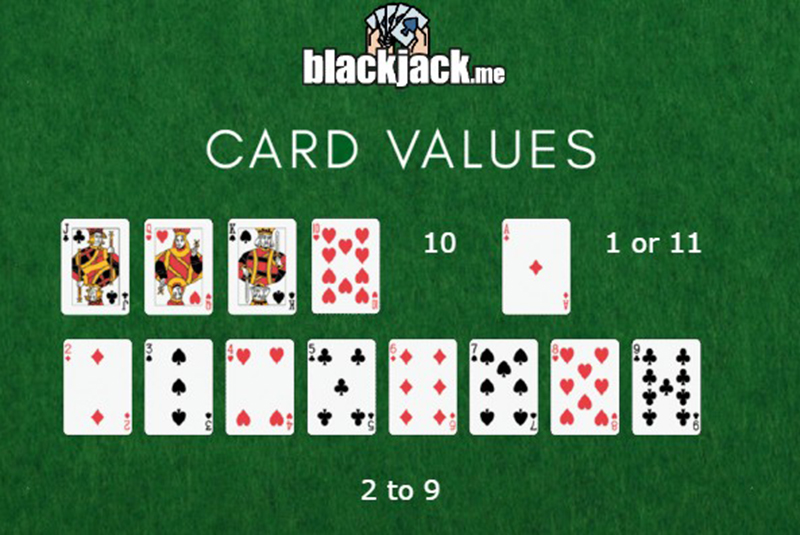Blackjack is one of the most popular casino games around the world. Two of the most common variants are European blackjack and American blackjack. While the two games may seem very similar at first glance, there are some important differences that can affect your gameplay and your chances of winning. In this blog post, we’ll explore the key differences and similarities between European and American blackjack, so you can decide which variant is right for you. Read everything about European blackjack vs. American blackjack.
The Origins of European and American Blackjack
One of the key differences between European and American blackjack is the number of decks used in the game. European blackjack typically uses two decks, while American blackjack can use anywhere from one to eight decks. Additionally, in European blackjack, the dealer only receives one card at the beginning of the game, and they do not receive a second card until all players have completed their turns. In American blackjack, the dealer receives two cards at the beginning of the game, one face up and one face down.
Overall, while the two games may have similar origins, they have evolved into distinct variants with their own unique rules and gameplay.
Rules and Gameplay Differences
The rules and gameplay of European and American blackjack differ in several ways. Here are some of the key differences:
- Number of Decks: As mentioned earlier, European blackjack usually uses two decks of cards, while American blackjack can use up to eight decks. The more decks used, the higher the house edge.
- Dealer’s Actions: In European blackjack, the dealer only receives one card face up, and they do not receive a second card until all players have completed their turns. In American blackjack, the dealer receives two cards – one face up and one face down – at the beginning of the game. If the dealer’s face-up card is an Ace, they will check their face-down card for a blackjack before players have a chance to take their turns.
- Splitting and Doubling: In European blackjack, players are allowed to split their hand once per game and can only double down on a hand with a value of 9, 10, or 11. In American blackjack, players can split their hand up to three times and can double down on any two cards.
- Surrender: Surrender is an option in American blackjack, allowing players to forfeit their hand and lose only half their bet. This option is not available in European blackjack.
- Payouts: In European blackjack, a winning blackjack hand pays out at a rate of 3:2. In American blackjack, a winning blackjack hand can pay out at a rate of 3:2, 6:5, or even money.
Overall, the rules and gameplay differences between European and American blackjack can have a significant impact on a player’s strategy and the odds of winning. It is important to understand these differences before playing either variant.

House Edge and Odds
The differences in rules and gameplay between European and American blackjack also have an impact on the house edge and odds of winning. Here’s what you need to know:
- House Edge: The house edge is the statistical advantage that the casino has over the player. In European blackjack, the house edge is typically around 0.39%, which is relatively low. In American blackjack, the house edge can vary depending on the number of decks used, but it is generally higher than in European blackjack. For example, if eight decks are used, the house edge can be as high as 0.66%.
- Odds of Winning: The odds of winning in blackjack are affected by the house edge as well as the rules and gameplay of the variant being played. In European blackjack, the odds of winning are generally better than in American blackjack, due to the lower house edge.
- Payouts: The payouts for winning hands can also affect the odds of winning. In European blackjack, a winning blackjack hand pays out at a rate of 3:2, while in American blackjack it can pay out at a rate of 3:2, 6:5, or even money. The higher the payout, the better the odds for the player.
It is important to understand these differences before playing, as they can have a significant impact on your strategy and potential winnings.
Betting Strategies
Betting strategies can be an important part of a player’s overall blackjack strategy. Here are a few betting strategies to consider when playing European or American blackjack:
- Flat Betting: This is the most straightforward betting strategy, where a player bets the same amount on every hand. This can be a good strategy for players who are new to the game or who want to minimize their losses.
- Progressive Betting: In progressive betting, a player increases or decreases their bet size based on the outcome of the previous hand. For example, after a win, a player might increase their bet, while after a loss, they might decrease their bet. This can be a risky strategy, as it can lead to larger losses if a player goes on a losing streak.
- Card Counting: Card counting is a strategy where a player keeps track of the cards that have been played in order to predict the likelihood of certain cards being dealt in the future. This can give a player an advantage over the house, but it is also a difficult strategy to master and is not legal in all casinos.
- Martingale System: The Martingale System is a betting strategy where a player doubles their bet after every loss, in order to recoup their losses when they eventually win. This can be a risky strategy, as it can quickly lead to large losses if a player goes on a losing streak.
Ultimately, the best betting strategy will depend on the player’s personal preferences, risk tolerance, and overall blackjack strategy. It’s important to remember that no betting strategy can guarantee a win, and that blackjack is ultimately a game of luck and skill.



